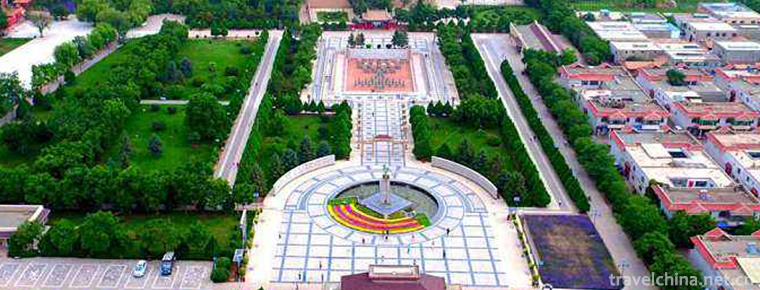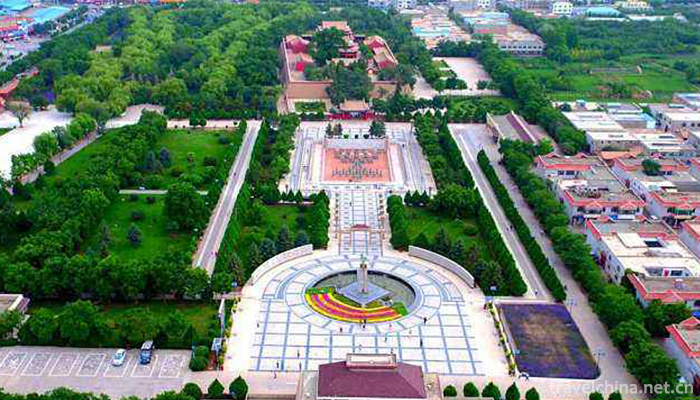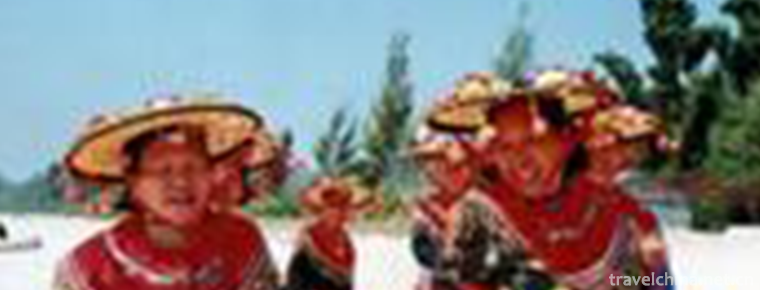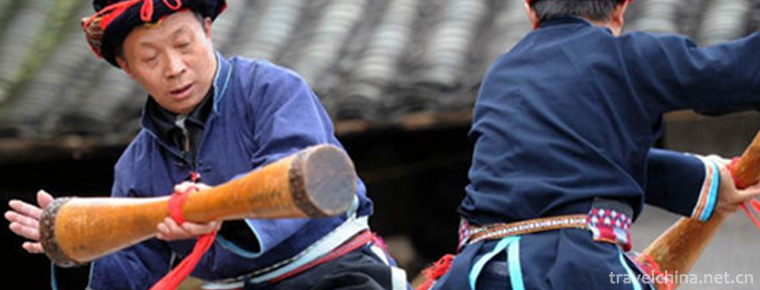2019-01-29

- By ChinaWiki.net
- Chinese Edition
- 2019-02-24
Leitaihan Culture Museum, Wuwei
Leitaihan Culture Museum is located in the urban area of Wuwei City. It is the land of the Chinese tourism symbol "Ma Ta Feiyan". Leitai was declared as the key cultural relics protection unit in Gansu Province in 1983; Leitai Han Tomb was declared as the fifth batch of key cultural relics protection units in China by the State Council on June 25, 2001; passed ISO international quality system certification in December 2003; was designated as the third batch of provincial "patriotic education bases" in Gansu Province in April 2004; was awarded the National Youth Civilization number in June 2005; and national tourism in December 2005. It has been approved as a national AAAA-level tourist attraction. In 2012, it was designated as the national science popularization base by the National Association of Science and Technology.
Leitaihan Culture Museum is located in the urban area of Wuwei City. It is the land of the Chinese tourism symbol "Ma Ta Feiyan". Leitai was declared as the key cultural relics protection unit in Gansu Province in 1983; Leitai Han Tomb was declared as the fifth batch of key cultural relics protection units in China by the State Council on June 25, 2001; passed ISO international quality system certification in December 2003; was designated as the third batch of provincial "patriotic education bases" in Gansu Province in April 2004; was awarded the National Youth Civilization number in June 2005; and national tourism in December 2005. It has been approved as a national AAAA-level tourist attraction. In 2012, it was designated as the national science popularization base by the National Association of Science and Technology.
According to historical records, Leitai was built by King Zhang Mao of Qianliang (301 - 375, 1628 AD). "Ziye Tongjian" records: for the Eastern Jin Dynasty Yuan Emperor Daxing four years (AD 321) began to build "Zhou Lun more than 80 blockages, base high 9. Now the Leitai is well preserved, 106 meters long, 60 meters wide and 8.5 meters high. There are 10 ancient buildings in Ming and Qing Dynasties, such as Leizu Hall and Samsung Doumu Hall. Their buildings are magnificent and large-scale. Around the ancient trees towering, the lake ripples, is a well-known tourist attraction.
In September 1969, a late Eastern Han Dynasty (231 precious cultural relics and 30,000 ancient coins unearthed from 186 to 219 AD over 1800 years ago) was discovered in the southeastern corner of Taixia. It is called a rich "underground museum" by the historians. Among the unearthed cultural relics, the most prominent are the exquisite cast of 99 bronze chariot and horse terracotta warriors and a bronze galloping horse with the highest artistic value. In September 1971, Guo Moruo, a well-known archaeologist and vice chairman of the Standing Committee of the National People's Congress, discovered a copper galloping horse during a visit to the Gansu Museum, which was called "Ma Ta Feiyan". From April 1973 to August 1975, Tong Pengma, as an outstanding representative of Chinese archaeological culture, was exhibited in 14 countries and regions, causing great sensation and high praise.
In October 1983, "Ma Ta Feiyan" was designated as China's tourism symbol by the State Tourism Administration; in 1996, it was designated as a national treasure cultural relic. In 2009, the Leitaihan Cultural Museum combined with the free opening, carried out a series of exhibitions to improve the integration of knowledge, interesting and interactive, formed a Leitaihan cultural characteristics of "Tianma Xilai-Leitaihan Cultural Display", the audience is increasing rapidly, and achieved good social benefits. We warmly welcome Chinese and foreign tourists to China's tourist capital and witness the magical "horse stepping on a swallow" coming out of the land and the masterpiece of ancient people's wisdom.

Ask a Question
Your email address will not be published.



0 Questions